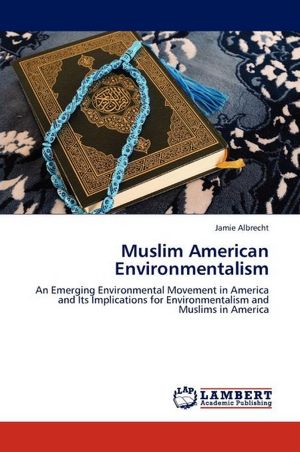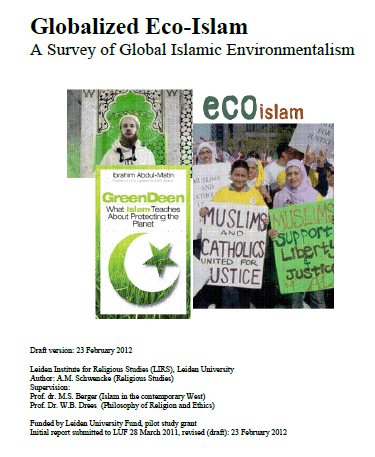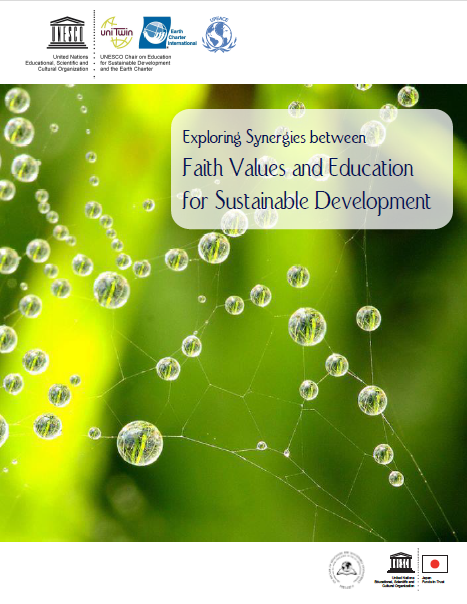Ramadan presents the perfect opportunity to recharge our spiritual batteries for the year. It is a time to seek forgiveness for our misgivings and to reflect upon the signs of creation from Allah, which includes those present around us in the natural environment. As Muslims we have a duty as stewards (khalifa) over this planet and it is our responsibility to ensure that the resources and environment are used in a sustainable manner. This Ramadan, consider your making your fasting experience a little more environmentally-friendly by adopting the following measures.
1) Purchase Local Produce/Organic Products
Have you ever considered where your food comes from? The average North American meal travels 2,400 km to get from the field to your plate and contains ingredients from 5 countries in addition to our own.[1] The amount of greenhouse gases emitted from transporting produce is staggering and contributes significantly to global warming. After cars, the food system uses more fossil fuel than any other sector in the economy.[2] Even the dates traditionally used to break the fast, have most likely travelled halfway across the world. This Ramadan consider shopping for local, seasonal produce at your nearby farmers market. Not only will you get peace of mind from knowing where your food comes from, you also support local economies and reduce the emissions released into the environment. Also, try experimenting with organic produce either at the Suhur or Iftar meals. Organic products taste better and generally contain no pesticides, herbicides, preservatives or other additives.[3] Be sure to check that the product is certified and review the criteria used to avoid greenwashing.
2) Moving Beyond Halal
Many of us understand Halal meat to mean animals that have been slaughtered in accordance to Islamic law. However, most of us are not aware that this is the minimum standard when it comes eating permissible foods. This Ramadan, consider going beyond Halal and purchasing meat that takes into account the entire lifespan of the animal. There are Islamic guidelines on how livestock should be cared for and raised which is often contrary to the treatment animals receive on large-scale, factory operations[4]. There are many independent farms that allow their animals to roam and graze freely, prohibit the use of steroids, growth hormones and antibiotics while still adhering to religious requirements of being Halal. Better yet, consider going vegetarian for several days this Ramadan. There are many environmental and ecological benefits of opting for a meat-free meal. If every American became a vegetarian just for one day, the U.S. would save 100 billion gallons of water and 70 million gallons of gas.[5] Many Iftars go overboard on serving several meat options at one meal, while it is important to remember the Sunnah of the Prophet was to eat meat in moderation.
3) Ditch the Disposables
Last Ramadan there was a movement to eliminate the use of Styrofoam containers and plastic cutlery to serve the Iftar meal. Disposable products are often the preferred method of serving food at large events since it involves minimal clean-up; however, the long term impacts on the environment are devastating. In the United States, Styrofoam products make up only 0.25% of landfill waste by weight but take up 25-30% of space by volume. Considering that Americans discard more than 25 billion Styrofoam cups annually, the potential for waste diversion is enormous.[6]
If you have to use disposable, consider alternatives such as plant-based containers and plastics that are compostable or better yet, organize a litterless Iftar where patrons bring their own containers and utensils. There is also the option of renting dinnerware and cutlery from a local restaurant or catering company which cuts down on clean-up time.
4) Reduce Energy Consumption:
Energy consumption in the United States has tripled between 1950-2007 as homes have become larger and lifestyles have become accustomed to more appliances and electronics.[7] Considering that a large portion of the electricity generated is still derived from oil, coal and natural gas, there are huge environmental effects associated with the extraction, generation and distribution of energy.
There many ways to reduce your energy consumption throughout Ramadan. Turning the air conditioner on only when you are at home or sleeping will reduce greenhouse gas emissions and your energy bills. Closing open blinds, turning off lights and using fans to circulate air will also keep your home cool. Replacing your lights blubs from incandescent to compact fluorescent and turning off lights when they are not in use can save as much as 11% off your energy costs at home.[8] Similarly at the mosque, keeping outside doors closed when the air conditioning is on and dimming the lights also reduces energy consumption as well.
5)UseAlternative Transit Options:
If you do have access to car and plan to drive to the nightly Taraweeh prayers, try carpooling when possible. There are many benefits including easing congestion, reducing pollution and parking perks which translate into shorter commutes and healthier air[9]. There are many youth and seniors within our community without access to a vehicle or reliable transit at night that would be more than grateful for a ride. Mosque parking lots tend to overflow with congregants during Ramadan, so the fewer number of vehicles actually increases traffic flow for everyone.
You also may want to promote carpooling by offering incentives such as designated spots closer to the entrance for those carrying multiple passengers. Also, if you are within a reasonable distance from the mosque, consider taking advantage of the warm weather to ride your bike or walk to prayers as well.
Adopting environmentally friendly habits is relatively simple once you establish them into your routine. This Ramadan, reflect upon areas in your life where you could be a little more green and take action. Not only will you save money, but you will fulfill our responsibility as stewards (khalifa) towards the earth.
Photo credit from ictqatar
[1]Nature Resources Defense Council
[3]Canada Organic Trade Association













